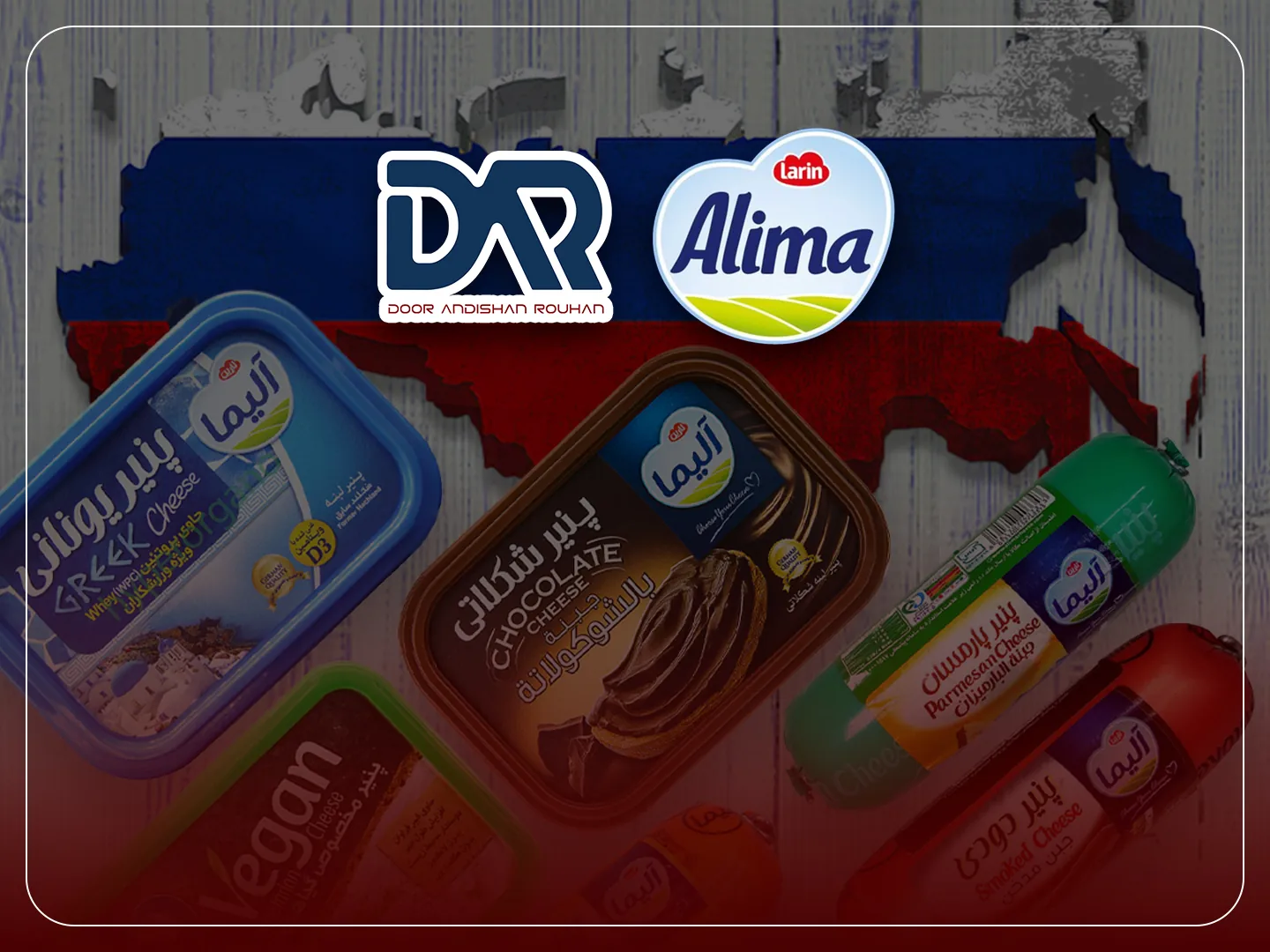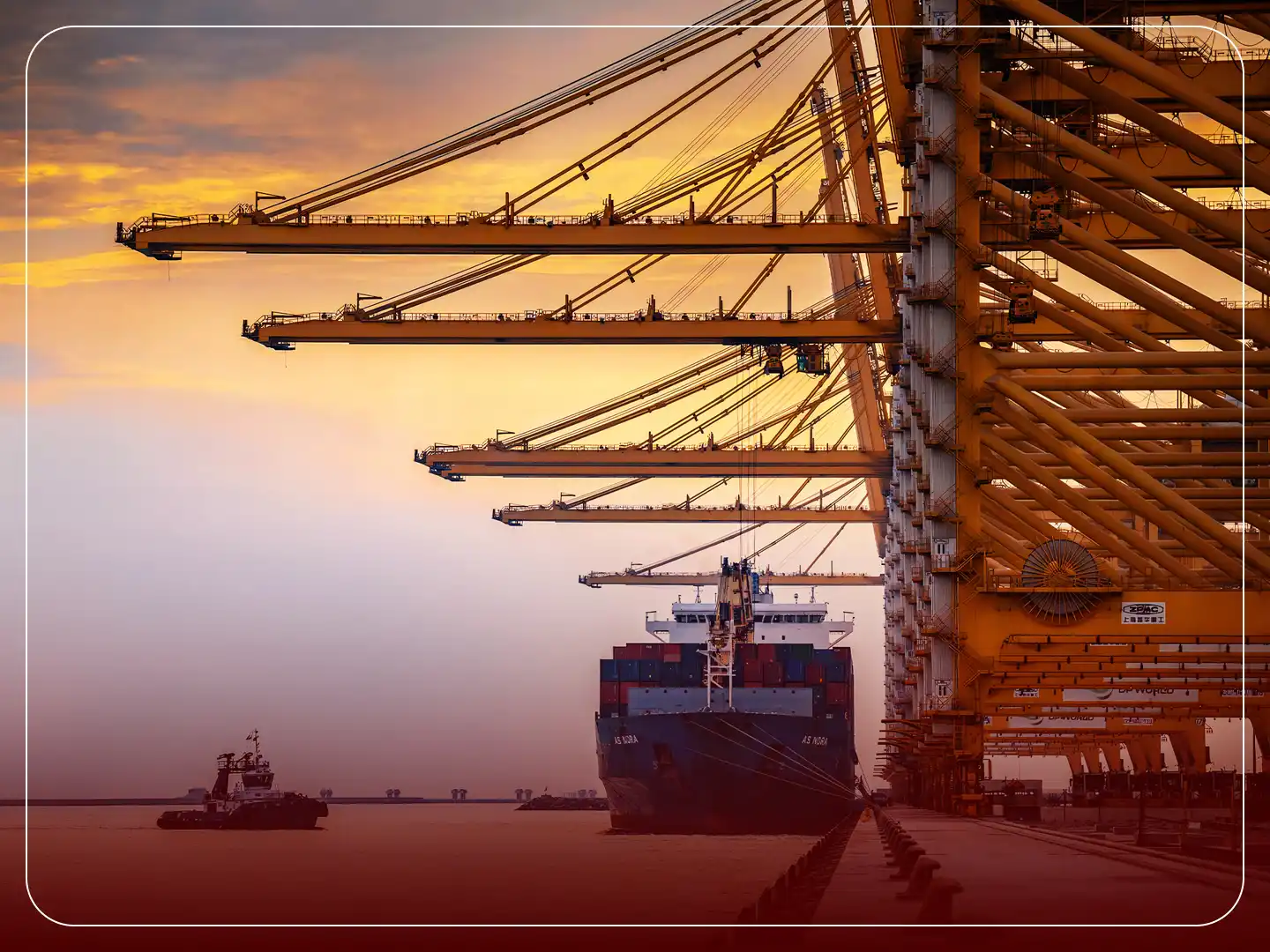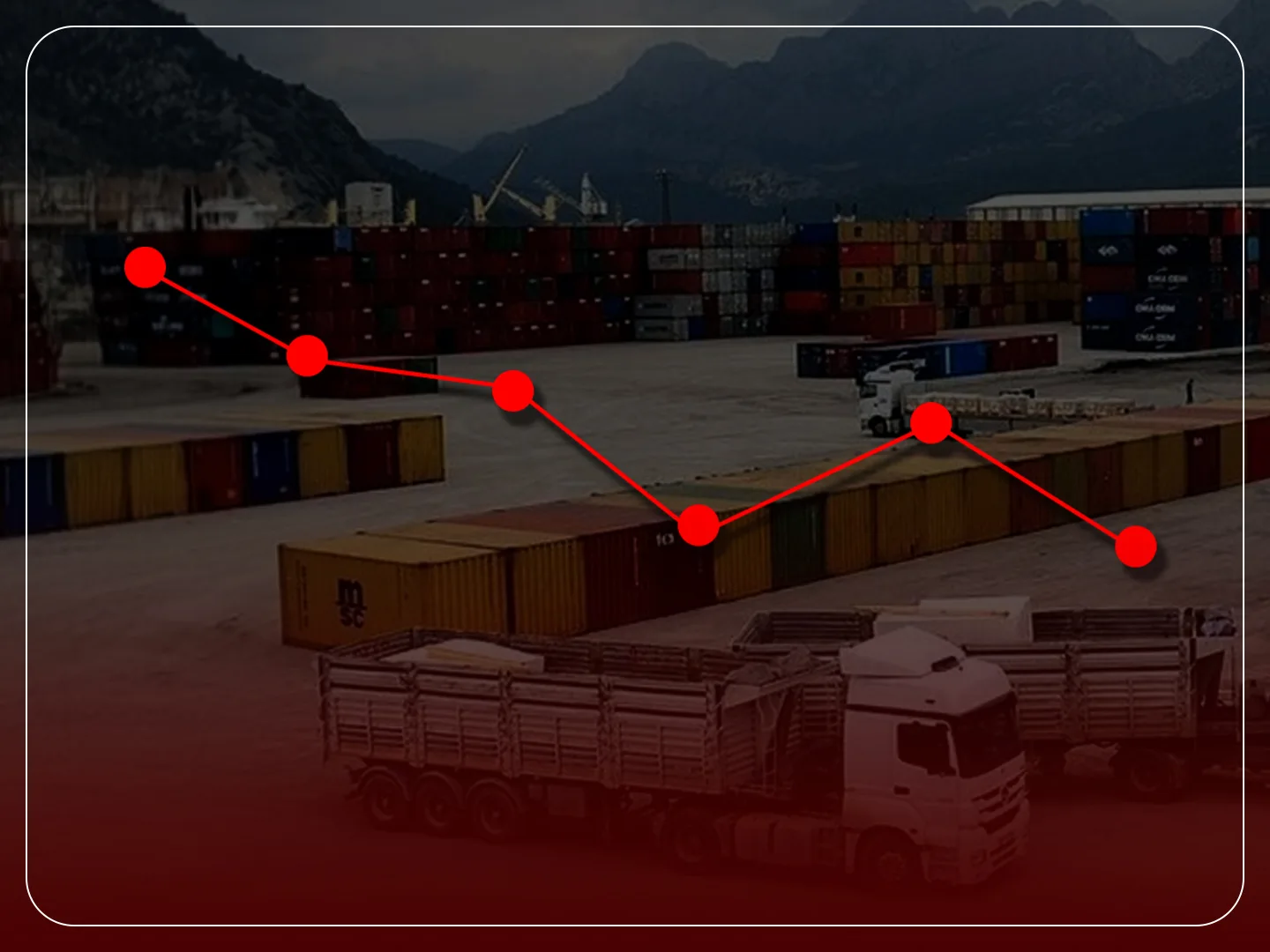Iran–Pakistan Trade Services Expansion
In recent years, Iran and Pakistan have been working to expand Iran–Pakistan trade services and economic ties. In 2024, official bilateral trade was around $2.8–3.0 billion annually, but both governments now aim to raise it to $10 billion. Shared cultural links have spurred initiatives to facilitate commerce. Recent agreements include new transit routes and logistics measures, reduced visa fees for business travelers, and even a barter trade mechanism (goods-for-goods) with Iran. Iranian officials have stressed that developing rail and sea corridors, border markets, and joint economic zones is a “serious need” for boosting trade. Both sides are thus planning infrastructure improvements, such as upgraded road and rail links, to better connect their economies. Sections examine current trade flows, major exports/imports, border logistics, and future prospects to show how these efforts could raise Iran–Pakistan trade.
Current Trade Overview
Bilateral trade is still minimal. In the FY2023–24 it was some $2.8 billion, substantially less than the aim of some $10 billion. Pakistan's imports from Iran far outweigh: in FY2024–25 they amounted to some $1.222 billion (from $1.037B the previous year), with exports to Iran virtually zero (just some $20,000 in FY2023–24). American sanctions on Iran and Pakistani banks are the primary factors for the minimal Pakistani exports.
The table below summarizes Pakistan’s exports to and imports from Iran over recent years:
| Fiscal Year | Exports to Iran (Pak USDm) | Imports from Iran (USDm) | Total Trade (USDm) |
| 2018 | 330.2 | 1247.2 | 1577.4 |
| 2019 | 411.7 | 620.7 | 1032.4 |
| 2020 | 177.4 | 689.9 | 867.3 |
| 2021 | 311.7 | 1260.6 | 1572.3 |
| 2022 | 781.2 | 1362.8 | 2144.0 |
| 2023 | 842.0 | 1488.0 | 2330.0 |
The apparent disparity provides an unambiguous signal for the motivations for the high priority afforded to the progression of trade services. Large volumes of critical commodities like fuel, rice, and other commodities are yet to cease transiting through informal networks, often including smuggling networks. Therefore, the powers that be are directing their energies towards identifying mechanisms to regularize these flows of trade in order to better monitor and control them.
Trade Imbalance and Barter Mechanism
Pakistan runs a large trade deficit with Iran, driven by high oil and fuel imports versus almost no formal exports. U.S. sanctions on Iran have blocked banking channels, so trade is often settled in cash or barter. In 2023, Pakistan formally allowed barter trade: it agreed to export goods (rice, fruits, vegetables) in exchange for Iranian oil and gas. Barter deals and other informal exchanges have become tools to keep commerce flowing despite currency hurdles, but formalizing services (banking, insurance, logistics) is needed to sustain higher volumes.
Key Export & Import Services
The trade between Pakistan and Iran is highly focused on limited commodities. Of these commodities, the most significant export Pakistan offers to Iran is agricultural in nature, with cereals—predominantly rice—forming the highest part of this trade, valued at a remarkable $667.9 million during the year 2022. Aside from this major export, Pakistan also offers smaller quantities of other commodities, including other fruits and oilseed. In total contrast to its export, the imports Pakistan receives from the country of Iran are dominated by energy- and food-based products. Specifically, mineral fuels, including oil as well as gas, accounted for an impressive figure of $535.1 million in trade during 2022, with the addition of $142.5 million through the inclusion of dairy and animal products. To acquire an inside idea, Table 2 comprises an inclusive list of selected major commodities traded in this trade.
Key traded items (2022) between Pakistan and Iran. Pakistan’s exports to Iran are almost all agricultural (mainly cereals), while its imports include oil, dairy and other foodstuffs:
| Commodity (2022) | Pak → Iran (USDm) | Pak ← Iran (USDm) |
| Cereals (e.g. rice) | 667.9 | — |
| Mineral fuels (oil, gas) | — | 535.1 |
| Dairy products | — | 142.5 |
| Edible fruits & nuts | 59.9 | 127.8 |
| Iron & steel | — | 84.8 |
| Plastics | — | 78.8 |
| Vegetable preparations | — | 29.8 |
The difference between the trade relations between the two states is exceptionally clear and distinguishable: Pakistan greatly depends on Iranian supplies like fuel, milk and dairy products, as well as other raw materials, while the number of its own export sales to the country is low and not enough. In the course of stimulating and expanding its export, Pakistan is striving to establish new export goods and markets. Meanwhile, Iran has given promises for taking serious actions to advance export facilitation; that is, during the year 2025, it has assured Pakistan reduced visa fees besides simplified trade procedures facilitating businesspersons. In addition, the two sides have set intentions for taking economic actions, including duty relaxations as well as local currency arrangements, with the purpose to expand the trade in services in addition to the trade in commodities.
Logistics and Payment Services
Apart from the numerous goods traded between nations, trade relies fundamentally on critical transport and financial services. In particular, most Pakistani imports, especially oil, reach predominantly by maritime shipping and road convoys entering the Gwadar area with established road networks. This operation requires the effective handling of cargo at ports as well as the offering of trucking services for the smooth further movement of these imported goods. Notwithstanding this, the crucial challenge results directly from the scarcity of banking channels resulting from prevailing sanctions. Consequently, without normal financial connections and mechanisms, payment for these transactions is largely conducted by alternative mechanisms, including barter, cash settlement, or bilateral swap mechanisms between respective parties. In the face of these challenges, both governments are increasingly looking at potential remedies for the easier facilitation of the payment process. Among these options that are increasingly looked at are the trading in local tender or the opening of designated rupee accounts for the easier facilitation of the transaction. And finally, the recent Iranian move to relax controls on visas and trade licenses for the respective country bears an integral part in the easier facilitation of the services attached to trade—namely, finance, conveyance, and certification—that as a whole accompany the movement of goods between the two states.
Border Logistics and Facilitation
Pakistan and Iran share an estimated 900-km long border with four official crossing points (Taftan, Gabd, Mand and Chadgi). They agreed to establish six joint border markets to facilitate trade. Pakistan reopened the Mand–Pishin market in 2025 (July 30) and will reopen Kuhak and Gabd soon. The commerce ministry also indicated an agreed free-trade pact and pledged improvements to customs cooperation (information exchange, customs formalities) and border facilities (roads, warehouses, one-stop border crossings) to ease cross-border trade. These initiatives, including removal of non-tariff barriers and encouragement of barter trade, aim to quicken border transactions and make following easier.
Infrastructure development projects are now receiving highest consideration and priority. Of the planned projects, there is also a proposal to develop the key corridors that would link Gwadar with Iran's Chabahar–Khurmashri axis, apart from modernizing the existing Quetta–Zahedan rail and road link as part of the larger Islamabad–Tehran–Istanbul corridor. Such modernizations to both rail as well as road networks, apart from the development of streamlined customs and logistics hubs, are expected to significantly facilitate trade across the Pakistan–Iran border. The aim is to expedite the clearance mechanisms and thereby drastically reduce the turnaround time for consignments.
Major Border Crossing Points
Pakistan and Iran are connected by four key land crossings linking the two states for trade and transport. Of these crossings, the most active point for entry and exit features the Taftan crossing in Balochistan: it most efficiently manages the flow for both road traffic entering the country as well as rail traffic, the rail station for the former appearing on the Quetta–Zahedan axis specifically designed to boost its operational efficacy. The other key crossings—featuring the Gabd–Rimdan, Mand–Chadgi, as well as the Kuhak–Chagai—predominantly for the use by trucks and street traders, are indispensable for the movement on smaller scales. Renovation plans for these crossings are also on the agenda: for instance, Pakistan is presently installing an all-in-one complete customs facility at the Taftan crossing, through which it will seek to augment the speed of the check process as well as increase efficacy. Again, renovations to highways, along with planned rail connections—such as the planned extension to the Quetta–Zahedan line—aim directly at managing larger loads of freight, yet will aim at enabling easier, streamlined cross-border trade for the respective parties.
Future Trade Prospects
In the future, the two governments see an enormous increase in trade by connecting new linkages. Pakistan has suggested connecting its China–Pakistan Economic Corridor (CPEC) with the International North–South Transit Corridor (INSTC) to access Central Asian, Russian and European markets. Suggested projects are connecting Gwadar and Chabahar ports to each other and modernizing the Quetta–Zahedan transport corridors. Pakistan's commerce minister said that an FTA (free-trade agreement) between the two nations has been signed, which would scrap many tariffs.
Iran’s facilitation steps offer
Iran has extended an invitation for collaborative facilitation steps as well, which include the proposal of multi-entry business visas aimed at enhancing ease of travel and dedicated border economic zones designed specifically to stimulate trade and commerce. In addition to these initiatives, both sides are actively considering the implementation of local-currency payments as a way to bypass the traditional reliance on dollars, alongside exploring other measures that would effectively support cross-border commerce and trade activities. Furthermore, officials from both nations perceive new and promising opportunities for significant investment and the establishment of joint ventures in key sectors such as agriculture, mining, and energy. If these ambitious initiatives—including the formation of a Free Trade Agreement (FTA), the development of transit corridors, and the creation of special economic zones—continue to progress positively and if regional barriers to trade remain minimal, many analysts are of the opinion that bilateral trade could potentially approach or even exceed the impressive target of $10 billion.
Conclusion
Iran and Pakistan are actively taking significant and concrete steps to enhance and boost their trade, pushing it beyond the current approximate level of $\sim$3B. The strategic approach they are adopting combines the expansion of traditional goods trade, with a particular emphasis on energy and agricultural exchanges, alongside improving the Iran-Pakistan trade services that support this commerce. These services include vital aspects such as border logistics, payment systems, and institutional facilitation, which play a crucial role in facilitating trade. In addition to these efforts, there are ongoing projects that include the development of rail and highway corridors, the establishment of new border markets, and the creation of free-trade zones, all of which are designed to facilitate smoother and more efficient trade operations. Furthermore, various policy changes are being implemented, such as visa relaxations, the introduction of barter mechanisms, and the establishment of Free Trade Agreements (FTAs), all aimed at smoothing and scaling commercial activities. If these initiatives are effectively implemented and executed, they hold the potential to significantly raise the levels of bilateral trade and further integrate the economies of the two countries in a tighter and more cohesive manner.





